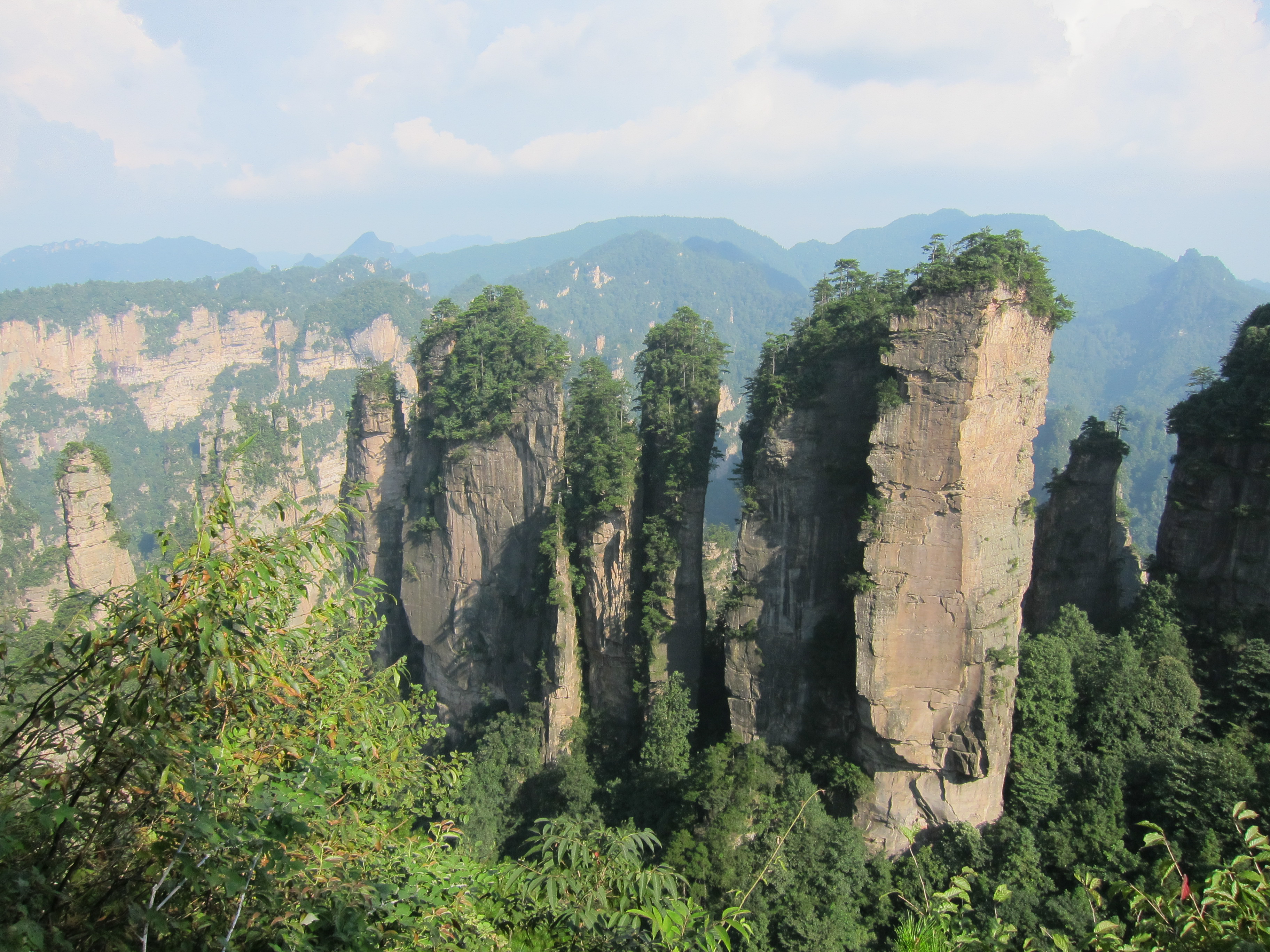
What is the History of Zhangjiajie?
Zhangjiajie, located in the northwestern region of Hunan province in China, is renowned for its breathtaking natural beauty, characterized by towering sandstone pillars, lush forests, and deep ravines. However, beyond its scenic landscapes lies a rich and fascinating history spanning millennia.
History
The city now known as Zhangjiajie was previously called Dayong (大庸). It boasts a recorded history that stretches back to 221 BC, coinciding with the Qin dynasty's unification of China. Nonetheless, the history of human presence in this region extends far beyond this recorded date. Archaeological evidence reveals that people inhabited the area along the banks of the Lishui River – recognized as the mother river of Zhangjiajie – as early as the Stone Age.
Ancient Times
- Stone Age (10,000 BC - 2000 BC): Discoveries of stone tools and pottery shards from the Paleolithic and Neolithic periods attest to the presence of early humans in the Zhangjiajie region. These early inhabitants were likely hunter-gatherers who relied on the abundant natural resources of the area.
- Bronze Age (2000 BC - 221 BC): The region witnessed the emergence of bronze metallurgy and agriculture during this era. The inhabitants transitioned towards more settled lifestyles, cultivating crops and domesticating animals. The fertile lands along the Lishui River provided a suitable environment for these developments.
Imperial Era
- Qin Dynasty (221 BC - 206 BC): With the unification of China under the Qin dynasty, the area that encompasses present-day Zhangjiajie was formally incorporated into the imperial administrative system. This period marked the beginning of recorded history for the region, which was then designated as part of the Qianzhong commandery.
- Han Dynasty (206 BC - 220 AD): The Han dynasty witnessed the growth and prosperity of the region. The development of iron tools and improved agricultural techniques led to increased productivity. Moreover, the area became an important route for trade and communication due to its strategic location.
- Three Kingdoms Period to Sui Dynasty (220 AD - 618 AD): This period was characterized by political fragmentation and instability in China. However, the Zhangjiajie region remained relatively peaceful and continued its growth as a center for agriculture and trade. The area fell under the jurisdiction of successive dynasties, including the Jin, Southern and Northern Dynasties, and the Sui dynasty.
- Tang Dynasty (618 AD - 907 AD): The Tang dynasty marked a golden age in Chinese history, and the Zhangjiajie region flourished during this era. Tea cultivation was introduced and soon became an integral part of the local economy. The region also gained recognition for its scenic beauty, attracting poets and artists who found inspiration in its landscapes.
- Song Dynasty (960 AD - 1279 AD): The Song dynasty witnessed the continuation of economic and cultural development in the Zhangjiajie region. The area became known for its production of high-quality rice and bamboo products. Furthermore, the local Tujia people, an ethnic minority group with a rich cultural heritage, played an increasingly prominent role in the region's development.
- Yuan to Qing Dynasties (1279 AD - 1912 AD): During the Yuan, Ming, and Qing dynasties, the Zhangjiajie region remained an important agricultural center. The Tujia people continued to hold significant cultural influence. However, the region also experienced periods of unrest and rebellion, particularly during times of social and economic upheaval.
Modern Times
- Republic of China (1912 - 1949): The Xinhai Revolution of 1911 led to the establishment of the Republic of China. During this period, the Zhangjiajie region underwent administrative reforms aimed at modernization. The development of infrastructure, such as roads and communication networks, began to connect the area more closely to other parts of China.
- People's Republic of China (1949 - present): The founding of the People's Republic of China in 1949 ushered in significant changes for the Zhangjiajie region. The area witnessed advancements in agriculture, industry, and education. In the 1980s, the Chinese government recognized the tourism potential of the region's natural beauty, and Zhangjiajie National Forest Park, the first national forest park in China, was established in 1982.
Timeline of Key Historical Events in Zhangjiajie
| Date | Event | Significance |
|---|---|---|
| 10,000 BC - 2000 BC | Stone Age settlements | Early human presence evidenced by tools and artifacts. |
| 2000 BC - 221 BC | Bronze Age development | Emergence of agriculture, settled communities, and bronze technology. |
| 221 BC | Incorporation into the Qin dynasty | Beginning of recorded history for the region. |
| 618 AD - 907 AD | Tang dynasty prosperity | Introduction of tea cultivation, growing recognition for scenic beauty. |
| 960 AD - 1279 AD | Song dynasty economic growth | Production of rice and bamboo, prominence of Tujia culture. |
| 1912 - 1949 | Republic of China era | Administrative reforms, modernization efforts, infrastructure development. |
| 1949 | Founding of the People's Republic of China | Significant advancements in agriculture, industry, and education. |
| 1982 | Establishment of Zhangjiajie National Forest Park | Recognition of the region's tourism potential. |
Q&A about Zhangjiajie's History
Q1: When did Zhangjiajie's recorded history begin?
A1: Zhangjiajie's recorded history began in 221 BC when the Qin dynasty unified China.
Q2: What was Zhangjiajie previously called?
A2: Before its name change, Zhangjiajie was known as Dayong.
Q3: What is one significant historical fact about Zhangjiajie during the Tang Dynasty?
A3: During the Tang Dynasty, tea cultivation was introduced to Zhangjiajie and became a vital part of the local economy.